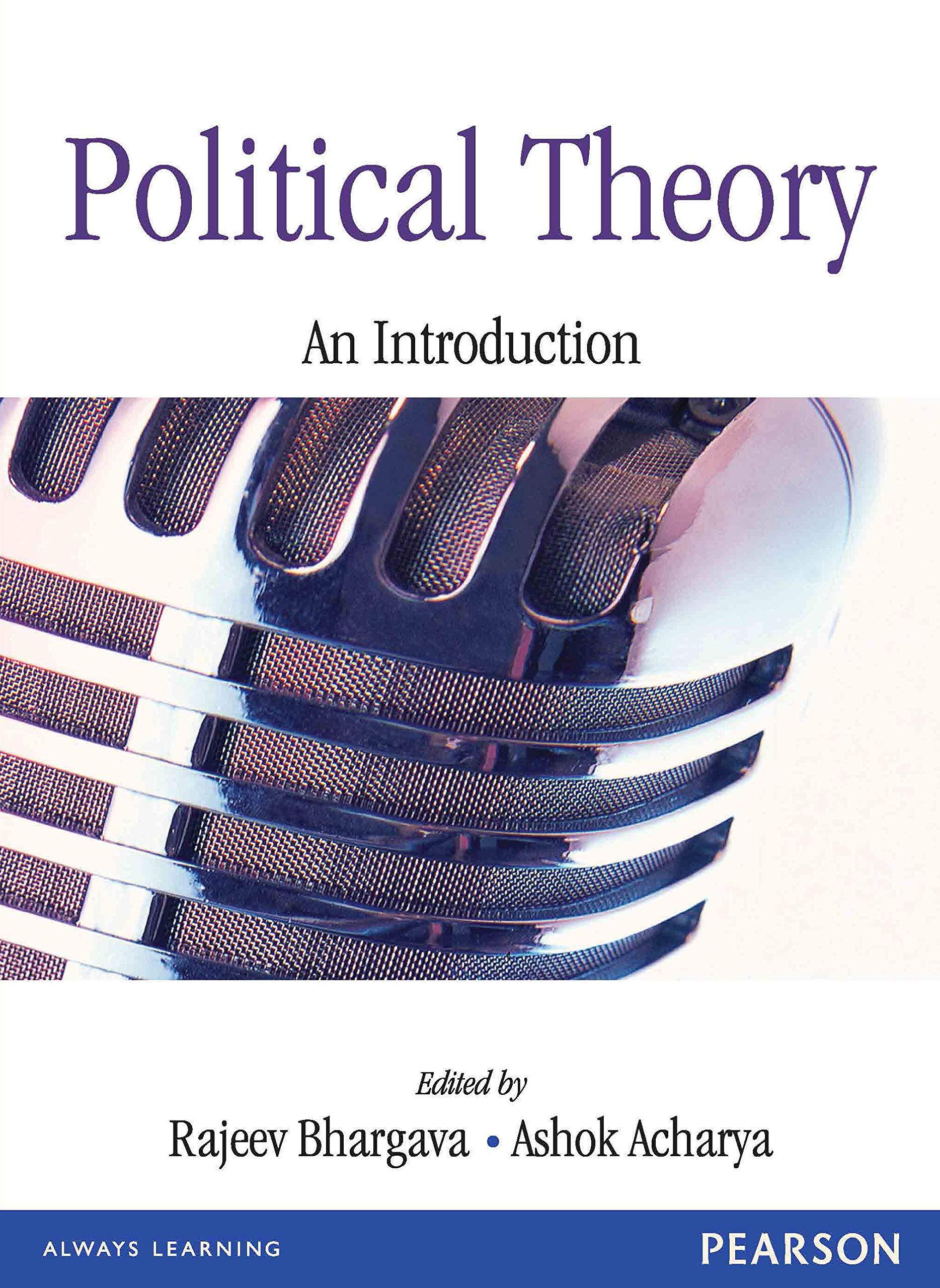Have you been searching online for where you can get Political Theory An Introduction by Rajeev Bhargava PDF? Would you like to know where you can get Rajeev Bhargava Political Theory PDF Free Download? have you lost all hope of getting political theory an introduction Rajeev Bhargava pdf for free? Relax, you are not alone. Here at Knwdemia, we’ve got you covered. You can get political theory and an introduction by Rajeev Bhargava at no cost at all. So, if you have been searching for where you can get Political Theory: An Introduction by Rajeev Bhargava PDF for free, you don’t have to worry anymore because it’s just a click away!
This political theory textbook is a step towards making students do and evolve an Indian political theory without oversimplifying concepts, it uses the conversational, context-specific style of a good teacher and recreates the feeling of being in a classroom. Some of its special features are an outline for each chapter highlighting its main elements, an introductory section discussing the concept, and rationale of chapter organization, cross-referencing of important terms, points for discussion, and a detailed reading list.
In one sentence, It’s a simple and crisp compilation of various concepts in political theory. Recommended for a beginning enthusiast.
Political Theory: An Introduction by Rajeev Bhargava Book Details
- Book Title: Political Theory: An Introduction
- Authors: Rajeev Bhargava, Ashok Acharyha
- Published: 2008
- ISBN: 9788131706251,9788131775875
- Goodreads Link: Political Theory: An Introduction
- Formats: [PDF]
- No. of pages: 355
- Size: 2 MB
- Genre: Politics and Political Science
- Language: English
- File Status: Available
- Price: $0
About Political Theory An Introduction by Rajeev Bhargava PDF Book
This pioneering political theory textbook is a step towards making students do and evolve an Indian political theory, that is, theory born out of reflection on and engagement with Indian social and political practices. It innovatively embeds Indian cases and contexts in theoretical discussions and involves students in applying theories to current issues. Without oversimplifying concepts, this textbook uses the conversational, context-specific style of a good teacher and recreates the flavour of the classroom inside its covers. Some of its special features are: an outline for each chapter highlighting its main elements, an introductory section discussing the concept, and rationale of chapter organization, cross-referencing of important terms, points for discussion and a detailed reading list
